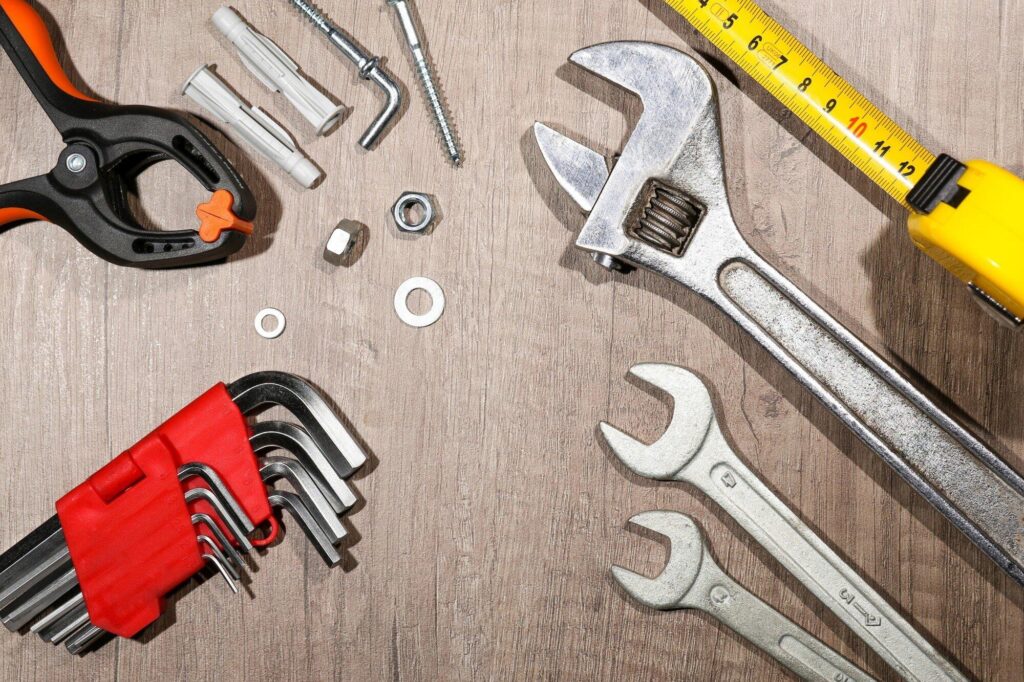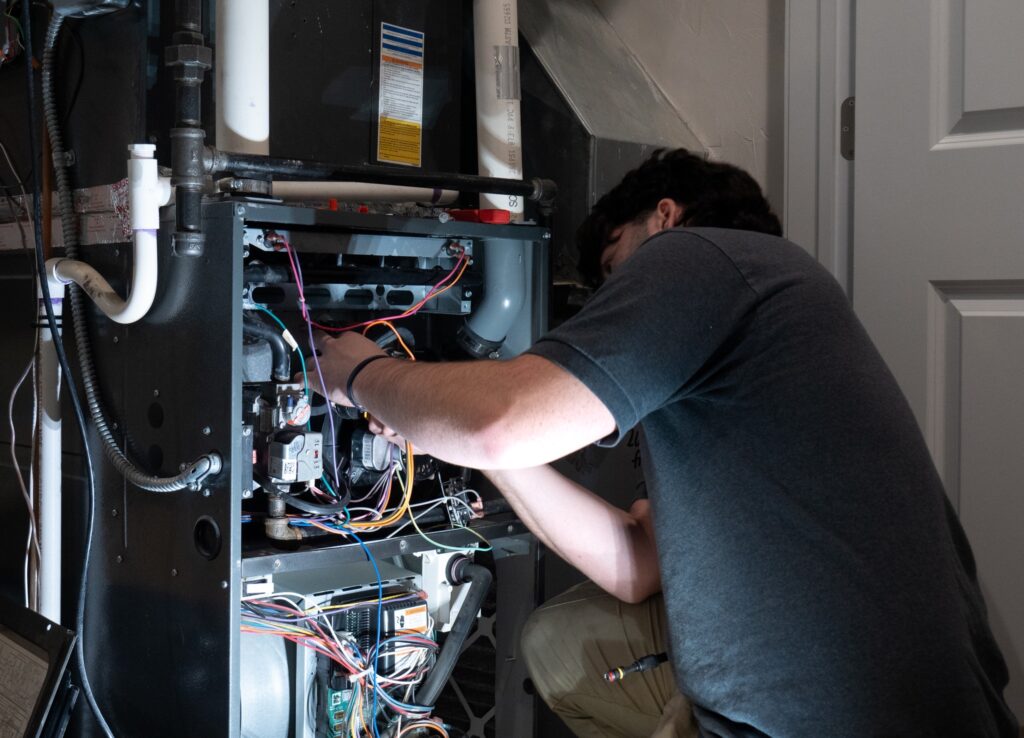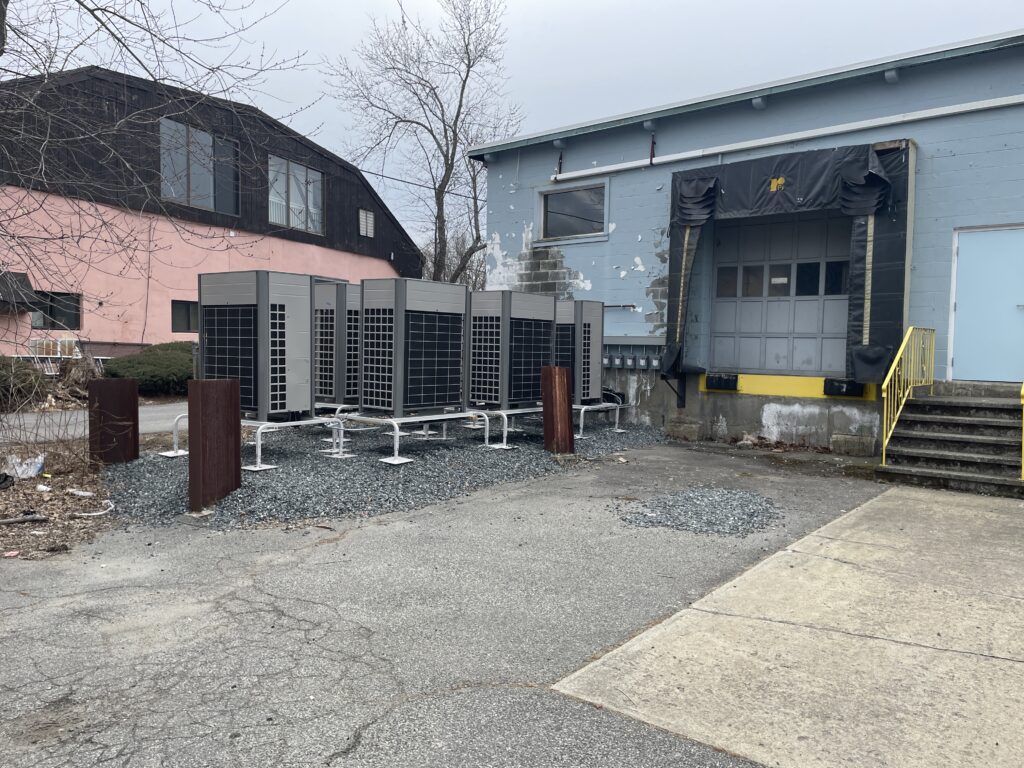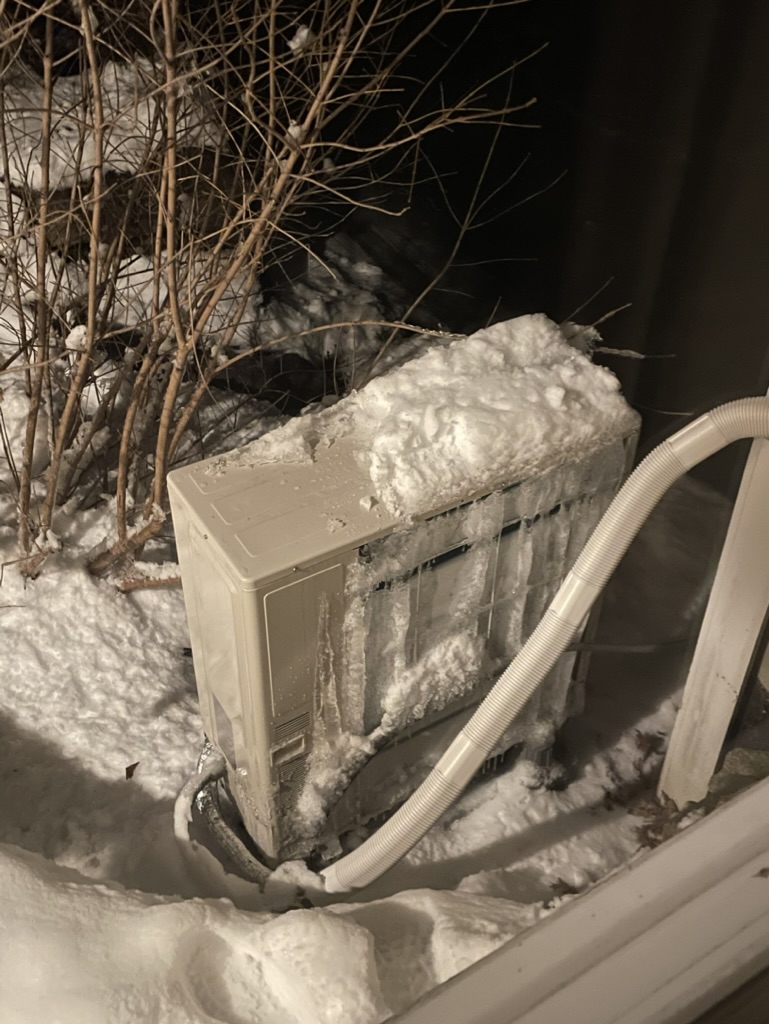Quick question, reader: do you think installing a furnace is a simple plug-and-go operation? If so, you couldn’t be further from the truth.
See, all HVAC systems must be matched to the home they’ll be installed in. Unless you have experience in this area, your best bet is to hire a professional for this task. They’ll have everything it takes to do this job properly, including:
- Specific design requirements
- Specialized equipment
- Proper training
Of course, hiring a heating installation pro doesn’t mean you don’t have a role to play in the process. If you know what to expect, you’ll be able to recognize poor installation practices and hold your contractor accountable.
Want to know more about the intricacies of furnace installation? This guide will get you acquainted with all the key steps of this process!
Table of Contents
ToggleGathering Key Information
Furnaces are among the most popular home heating systems in the U.S. As such, they come in many types, which is a key factor in their installation.
If you want the installation to go smoothly, you must ensure your home can support the furnace. This requires gathering key information and passing it along to your contractor. Here are the main things you’ll need to check.
Take Area Measurements
First, you’ll need to determine how powerful your furnace should be. This involves doing a proper load calculation of your home. Take into account factors such as:
- Square footage
- Insulation quality
- Number of occupants
- Size and number of windows
You should also measure the physical area your furnace will take up. Furnaces come in many different sizes, so it’s important to ensure your model will fit.
Check the Ductwork
The ductwork must be the right size to facilitate the airflow of the new system. This includes both the air supply from your furnace to the air ducts and the return supply that feeds back into the blower motor.
Improperly sized air ducts are among the most common issues with furnace installation. To make up for it, your system will need to work harder and may break down sooner. Utility bills will usually be higher as well.
Leaky ducts can also lead to high energy bills. If you’re installing a new furnace, this is a good time to invest in duct sealing.
Look at the Connections
Check the electrical wiring and gas lines to confirm they’re set up properly. For instance, you could still have galvanized piping from the previous installation. Leaving these pipes around may be illegal.
Depending on the type of furnace you choose, you may need to install a PVC drain line or a new chimney flue liner. If so, you should take the measurements to account for these features.
Consider the Equipment
Not every air conditioner is compatible with every furnace. For example, you may need to calibrate the blower motor in the furnace to account for heating and cooling separately. This may require special equipment.
Preparing for the Installation
On the day of the installation, you can mostly sit back and relax. Before you do that, though, talk to your contractor to ensure everything is in order.
Getting the Area Ready
First, you may want to discuss the details of your furnace with the lead installer. That’s the best way to ensure you’re getting the right system and accessories. If in doubt, ask to see the model number of the unit.
Before the installation, the contractors should lay down some floor coverings to protect your home. They’ll also prepare the area around the furnace to ensure it’s safe for both the home and the installers.
Safety Checks
The safety checks are the final thing that will need to happen before the installation truly starts. This includes things like:
- Shutting off gas or fuel lines
- Shutting off the relevant electrical breakers
- Checking the installation area for hazardous materials
On your end, you should confirm that the installation team consists of at least two people. A single installer can do the job, but it will be less safe and will take longer. With a partner, there’s less risk of accidents involving:
- Sharp metals
- Power tools
- Heavy objects
Removing the Old Furnace
Before installing the new furnace, the installers will remove the old one. Here are some key steps involved in this process.
Removing the Connections
When removing the old system, the first things that will go are the items connected to the main unit. This includes:
- Venting
- Gas lines
- Ductwork
- Electrical wiring
Once all the connections are gone, there should be no issues with removing the main unit. If you intend to recycle it later, let the installers know about it.
Cleaning the Area
Any professional heating installation requires a clean surface. This is where the contractors will clean the entry points to the ducts. Dirt and dust tend to accumulate here over the years, and cleaning it will help the new system.
The installation team will also ensure that the evaporator coil is clean. This step won’t take too long, but it can be essential for keeping the entire HVAC system running smoothly and making maintenance easier.
Final Considerations
Depending on the orientation and size of the new furnace, the installers may need to make some alterations to the area. For example, they may need to resize the ducts to ensure smooth airflow.
Access is another key consideration. If the filter in the furnace is hard to reach, the installers may need to alter the system’s orientation. Alternatively, they may make slight alterations to the nearby walls.
Installing the New Furnace
With the preparation over, we can finally move on to the main event. Here’s a short overview of how your contractors will install the new system.
Placing the Main Unit
First, the installers will ensure that the airflow is properly managed. As the new unit comes in, they may make adjustments to:
- The plenum
- Flue lining
- Electrical wiring
You’ll want the furnace to blow warm air directly into the plenum, which would distribute the air through the ducts. To prevent excessive air leakage, the installation team may build a transition that runs to the plenum.
During this step, the installers will work with a variety of tools to cut or bend the metal and create the correct airflow. Once this is done, there should be no issues with putting the main unit in its rightful place.
The contractors will make sure the unit is plumb, level, and separated from the floor. If the metal of the furnace is touching the ground, it will start sucking the moisture out of the ground and may quickly rust.
Reconnecting and Sealing
With the main unit in place, the next step is to seal it and reconnect all the lines. Sealing is usually done with a caulk gun and specialized HVAC caulk. This type of caulk is designed to withstand the pressure created by the furnace.
Beyond reconnecting the fuel and electrical lines, your installers may run additional wiring. This is more likely to happen if you’re upgrading to a modern system.
The installation process may also involve putting a new breaker in place. If this step isn’t required, your contractor will handle all the electrical work. If you need a breaker, you may have to hire an electrician to install it.
Commissioning a Furnace
With the furnace installed, all that’s left is to commission (test) it. However, this process is more involved than simply turning it on and seeing if it runs.
Thorough commissioning involves many calculations, which is why it can take up to an hour. Some of these calculations include:
- Static pressure
- Temperature rise rates
- Airflow CFM (cubic feet per minute)
Not commissioning a furnace can make your heating installation cost much higher. That’s because this step can reveal many issues with the system (like hot and cold spots) that you’ll want to know about ASAP.
Cleanup and Review
Though the installation itself is now over, there are still a few things you should do to make the most of your investment.
First, you should contact your HVAC contractor to set up a heating system maintenance schedule. At the very least, you should set up a maintenance check one year after the installation.
Next, set reminders to change your furnace filters. The exact schedule will depend on the size of the filter. If you’re unsure how often you’ll need to change them, talk to your contractor after the installation.
Remember: proper maintenance is essential for energy-efficient heating! Unfortunately, only 30% of Americans are aware of this fact. Talk to your HVAC provider to see what maintenance plans they offer.
Heating Installation Made Easy
The bottom line: thorough heating installation practices play a key role in the health of your furnace. This is why it always pays to do your research before choosing your HVAC installation service provider.
At Endless Energy, we’ve been helping Massachusetts homeowners install furnace systems since 1980! We’re a family-run, highly-rated business that will help you save money while saving the environment.Ready to upgrade your home’s heating system? Contact us here — we offer same-day service, transparent pricing, and a selection of high-quality furnaces from leading brands!






